
27 Apr Conversations with North Star, Part 3, Creative Development
We are back for part three of the Q&A series featuring conversations with North Star, which walks through all of the important elements of place branding and marketing. Part one of the series focused on best practices for collecting insights from your community and part two explained how to build the right strategy post research.
Once the research and strategy are complete, it’s time to bring the brand to life. Our Executive Creative Director Patrick Golden unpacks how to navigate this critical part of the process.

Who needs to be involved in the creative development process?
After the creative brief is published, the first step in the creative development process is establishing a creative committee, which consists of a variety of stakeholders who possess a clear connection to and understanding of the community. These individuals will help define important creative elements and give input and feedback throughout the process.
That might be staff, or a council member, community leader, local designer, and others. It’s important that each committee member is aligned with the branding goal as well as its strategy and DNA statement, as these components will drive creative development.
Break down the creative development process. What are the steps to bring the brand to life?
Creative development is a multi-step process, but it can ultimately be divided into two segments.
The first is listening – a critical part of any creative’s job. That means exploring and further unpacking the research findings and strategy with the creative committee, identifying what the brand should say and represent, and how it should make target audiences feel. It also involves discussing the brand’s graphical qualities, establishing font or logo representations that fit well with the community’s fabric.
The second portion is the development of the brand’s creative difference and distinction. From creating the brand’s strapline, look and voice, to then expanding the brand through innovative activations, this process is similar to building a home: starting with the blueprint, then the foundations, then the framing, and so on. Most importantly, each step requires consensus from the committee.
Branding is more than just a logo and tagline. What other ways is a brand brought to life?
We often say that branding has a branding problem. For too long branding has been associated with simply being a logo and tagline; it’s so much more – your brand story, your narrative that should drive all actions and behaviors in your community.
We aren’t “creating” brands – we’re uncovering them by highlighting what is distinct, authentic and ownable about a place. A community’s brand already exists. We’re finding what makes it special from the community’s eyes, not our own, and bringing it to the surface.
Tangibly, we bring brands to life through activations and infrastructure within the community. That’s more than slapping a logo on a billboard. It’s finding ways to give the brand life in three dimensional ways, telling a unique story through assets, initiatives, infrastructure and even policy.
What is one thing you should avoid when creating a brand’s look-and-feel?
You must avoid creating a brand that is time sensitive. Some have subtle evolutions over time, but the strongest brands are timeless in nature and tell a community’s distinct story with the same effectiveness and clarity today as it will years from now.
What are some of the best ways you’ve seen a community bring their brand to life?
We’ve had the pleasure of working with so many communities across the country over the years. Uncovering brands is an energizing process, and while we support their implementation and activation, the ultimate effectiveness of a brand depends on the buy-in and action from community leaders and everyday residents.
Back to the point of brand activation, here are just two examples of how communities brought their brands to life in their own special ways.
Providence, Rhode Island
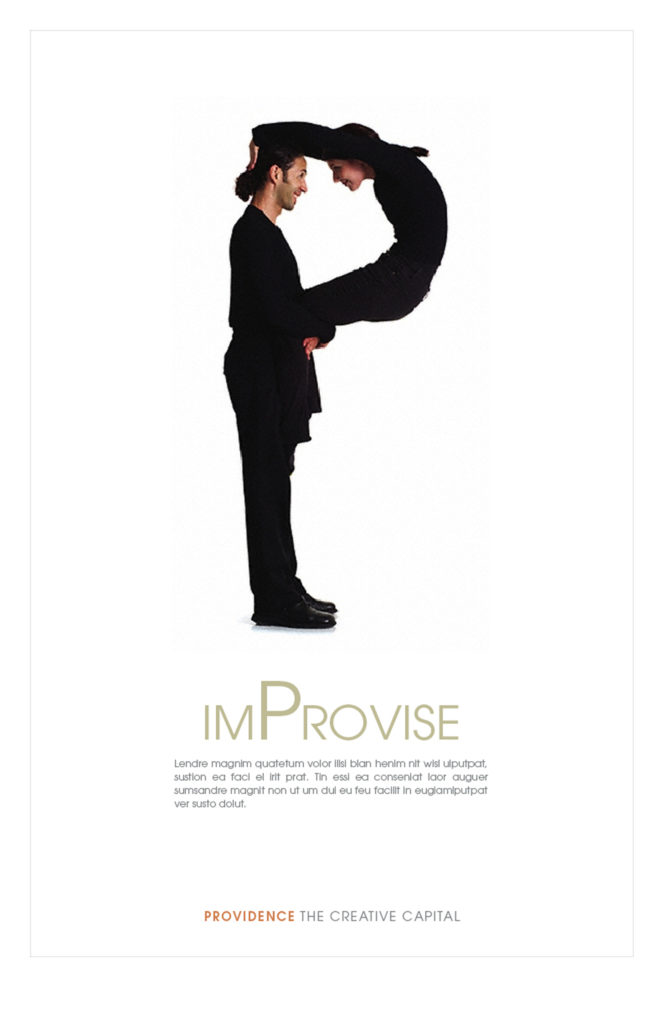
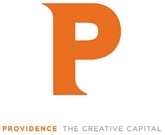
North Star’s creative approach used a capital “P” as the design mark coupled with the line, “The Creative Capital”. This was an invitation to involve and engage the city’s best creative minds on an ongoing basis. One of the many ways the brand came to life was through sectors of the community applying their creativity to the design of common trash cans. It allowed the residents to change something utilitarian into an opportunity for the community to express itself creatively.
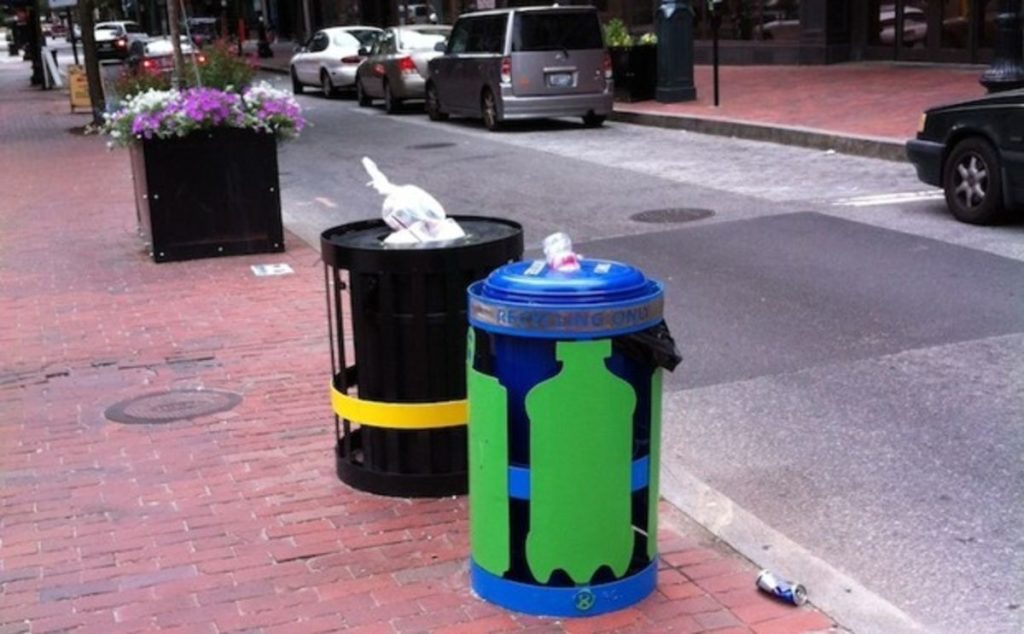
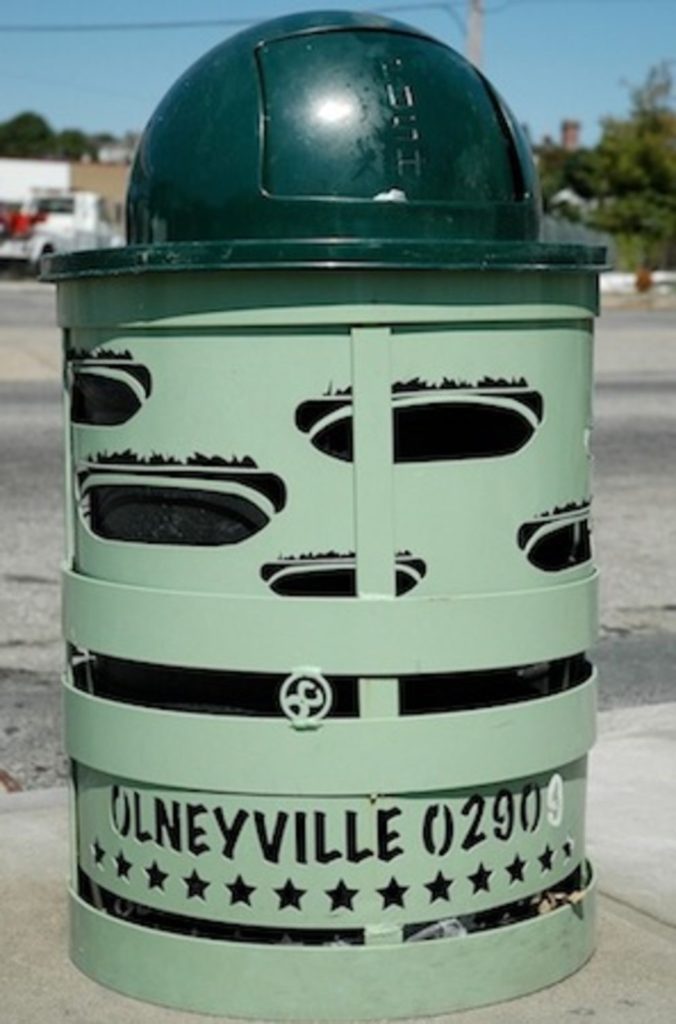
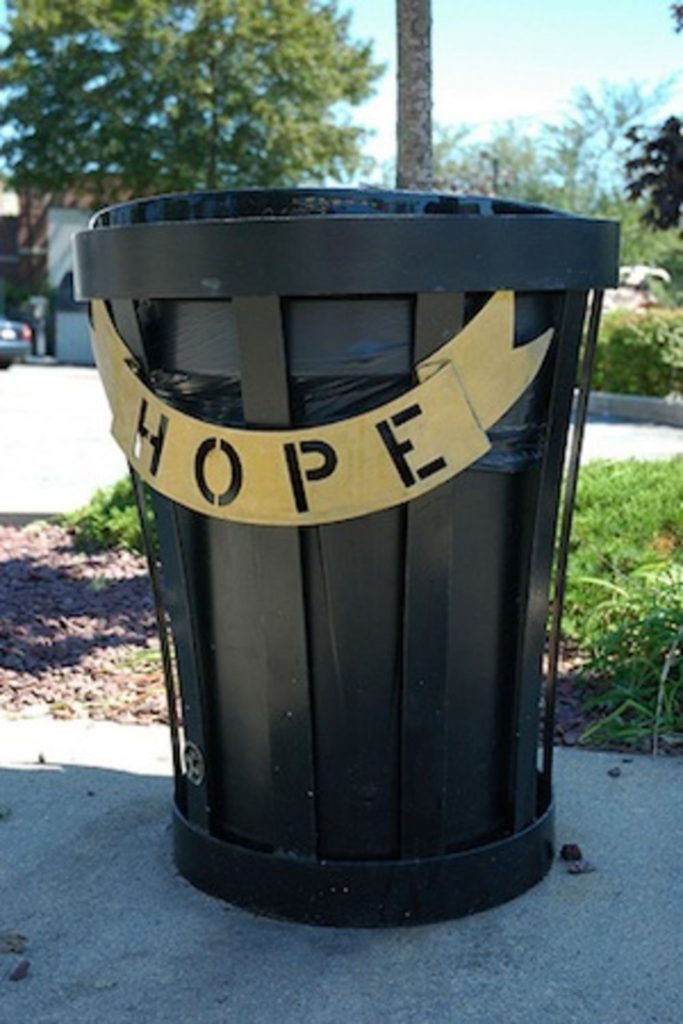
78 Corridor, California
North County, a region geographically within Southern California, was looking to transform from five individual cities into a powerhouse economic development region. The 78 Corridor was created as a way to help pinpoint their location by connecting them with the well-known transportation corridor that runs through the region. The campaign, “Innovate 78” gave all of the partners in the 78 Corridor a rallying cry to implement the new brand, identify leaders and innovators within the region, as well as seek out other innovators outside of the region. Below are a few ways that the brand came to life.
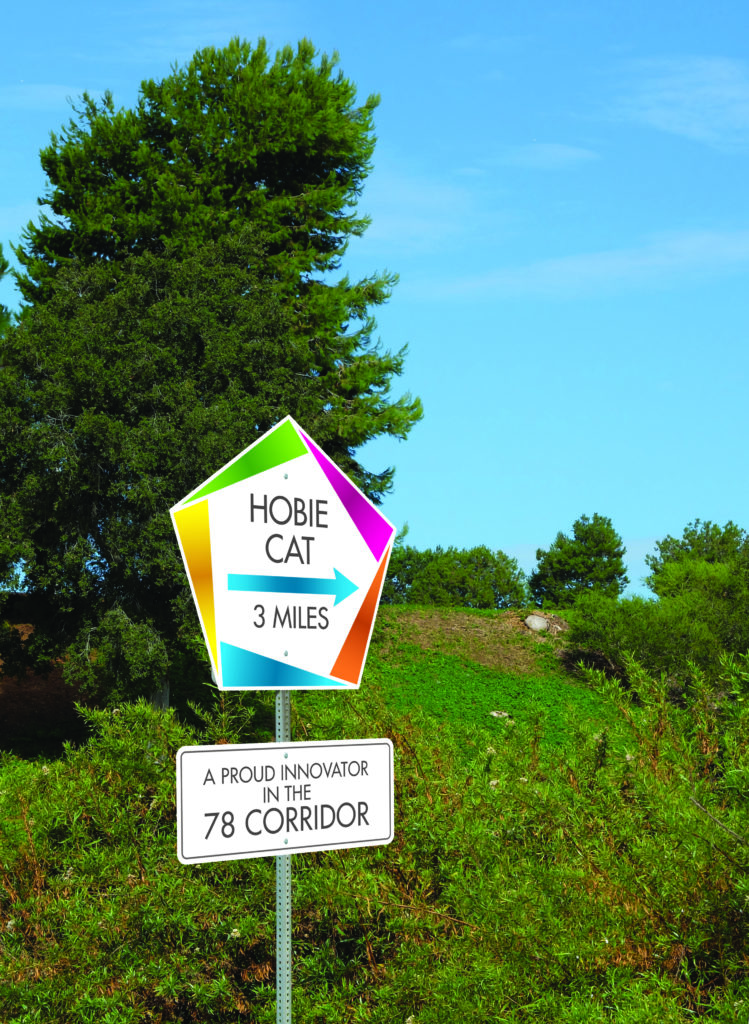
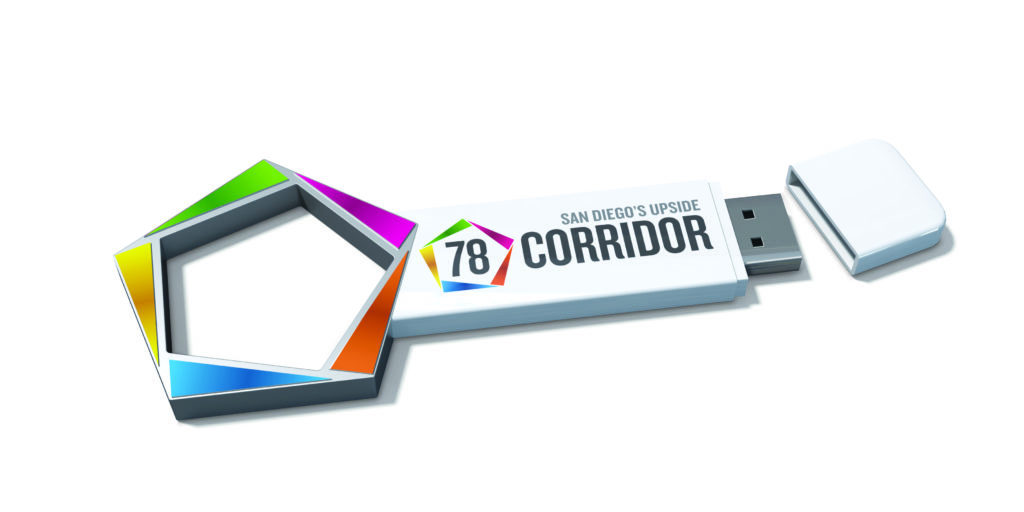
Introducing Your Brand and Achieving Buy-In
Your brand has been brought to life in creative ways that support your overall DNA. Now, how do you roll it out within your community and ensure buy-in? Check back soon for insight on this topic in our next blog post.
